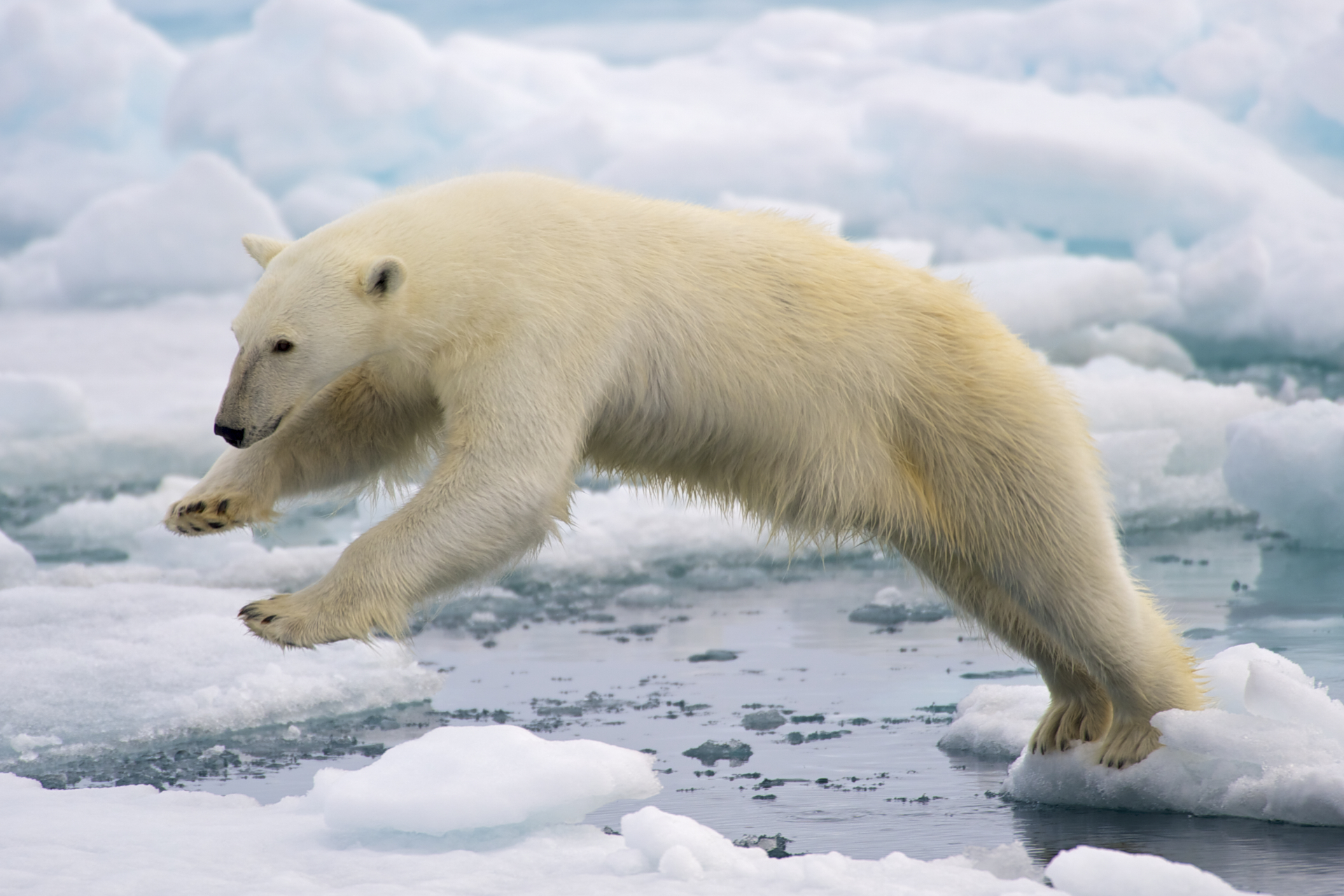Greenland polar bear management plan seeks balance between conservation and exploitation
Conservation efforts aim to support activities that secure food, clothing and an income for hunters.

Establishing clear guidelines for protecting polar bears will ensure the people of Greenland continued access to an important traditional resource, while the same time laying the foundation for expanded commercial opportunity for the tourism industry, according to a management plan put forward by Nuuk this month.
The aim of the plan, authored by the Fisheries, Hunting and Agriculture Ministry, is “to secure a healthy population that can be exploited in a sustainable way and based on a common understanding” of how humans should interact with polar bears. But coming up with a consensus on how to manage polar bears, the ministry admits, may prove difficult given differing views of the animal in Greenland and internationally.
The ministry will now seek public comment on the proposed 10-year plan it hopes will ultimately offer “protection for subsistence hunting, while at the same time working to develop polar bears into a potential tourist attraction.”
The work leading up to the publication of the plan described Greenland’s conservation efforts as “goals in and of themselves,” but the management plan also builds on existing practices that seek to support hunting of an animal that is a source of “food on table, clothes for hunters and a welcome supplemental income in the form of souvenir sales.”
[Greenland raises quota for northwest polar bear hunt]
Although hunting is widely accepted as an essential element of Greenlandic culture, considering polar bears as a tourist attraction is likely to stoke considerable debate, particularly in light of an incident in Svalbard on July 28, in which a polar bear was shot dead by a crew member of a cruise ship.
The guard was acting in self-defense but opponents of increased tourism in the region have condemned the shooting as a predictable outcome.
While the management plan accepts that such incidents could also occur in Greenland, it concludes that their cause is primarily “ignorance” on behalf of tour operators about polar bear behavior. Instead, it finds it unlikely that a properly regulated tourism industry would have a significant impact on polar bear populations.
“Increasing eco-tourism and photography of polar bears in their habitat will result in more run-ins between polar bears and people, which poses a danger, given that we are dealing with a carnivore,” the plan states. “But compared with other threats, the effects of tourism and other related activities are minimal, and can be prevented from becoming a major problem with good information and management.”
[The furor over a tourism-related polar bear death misses some key facts]
Of more concern, according to plan, are changes to polar bear habitat brought about by a warming climate. A decline in sea ice has led to deteriorating hunting conditions for polar bears, leading to increasing number of run-ins with local populations as they seek food closer to human settlements.
“Where we previously primarily saw young, inexperienced and hungry bears occasionally come into settlements, today we see fully grown, curious and sometimes aggressive bears.”
Shooting problem bears is an option, but the plan cautions that this be reserved for bears that cannot be scared off by non-lethal methods. Meanwhile, local authorities should ensure that food- and waste-storage facilities are designed so they do not attract bears.
The plan also calls for addressing the pressures that increasing industrial activity in the region place on polar-bear populations.